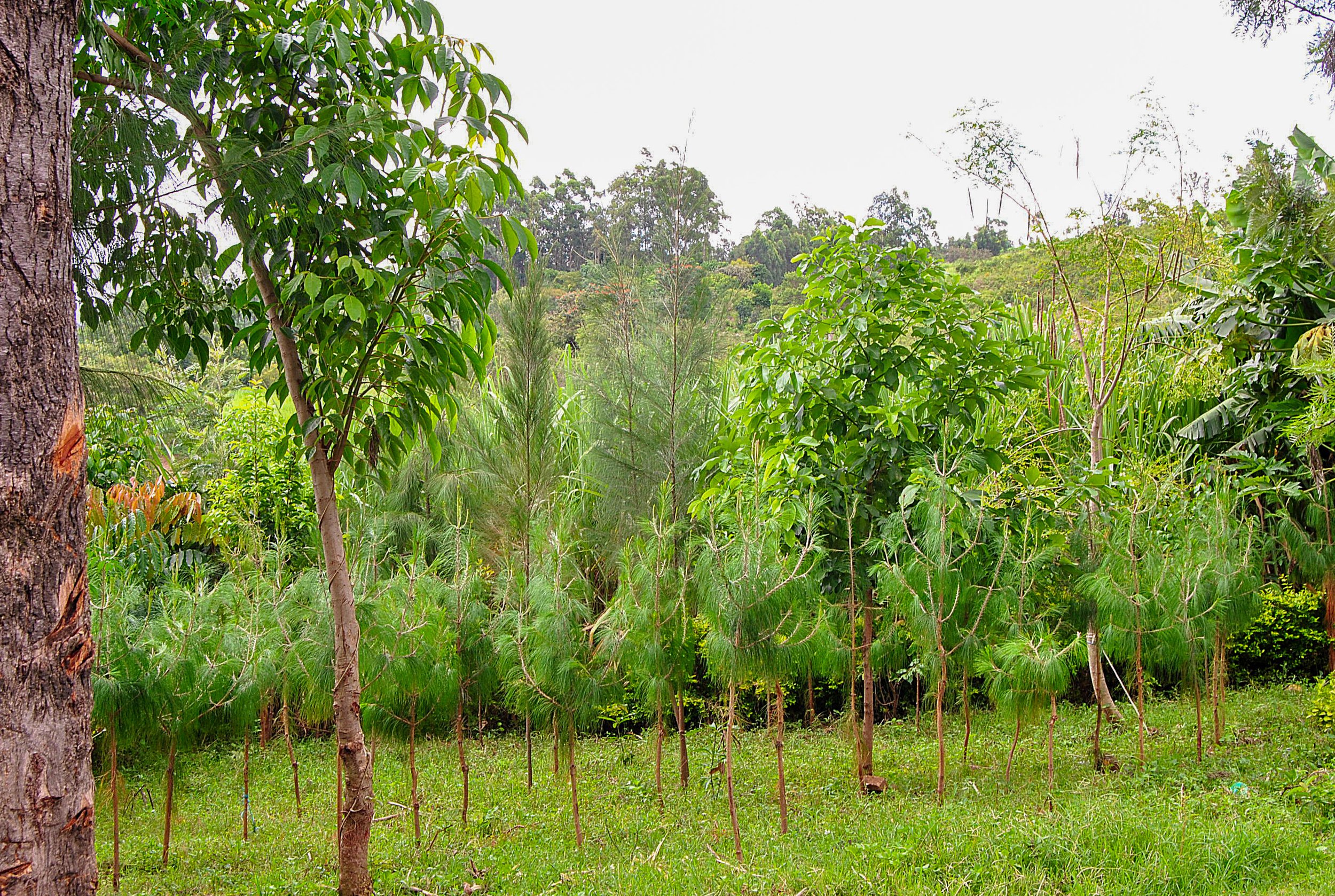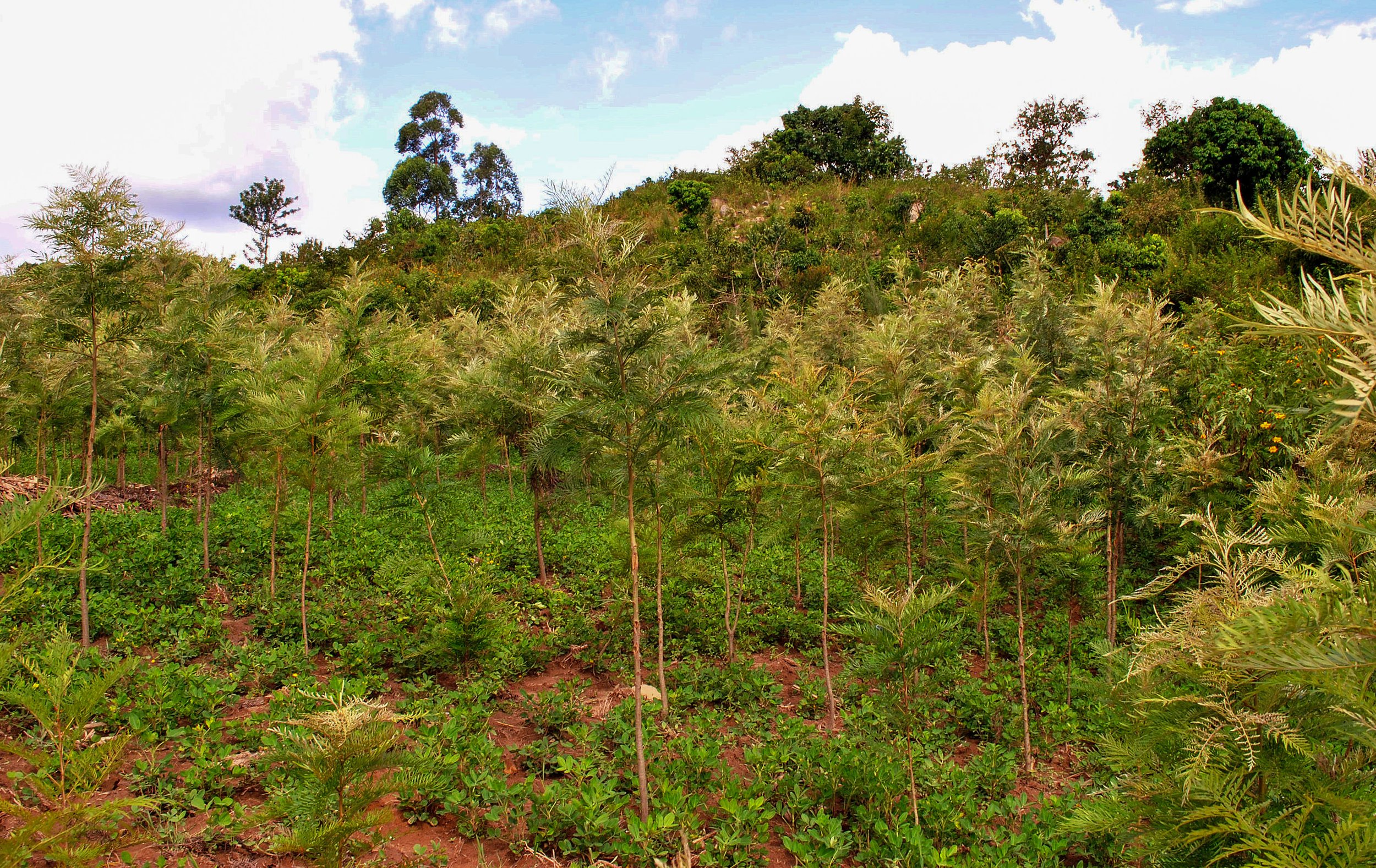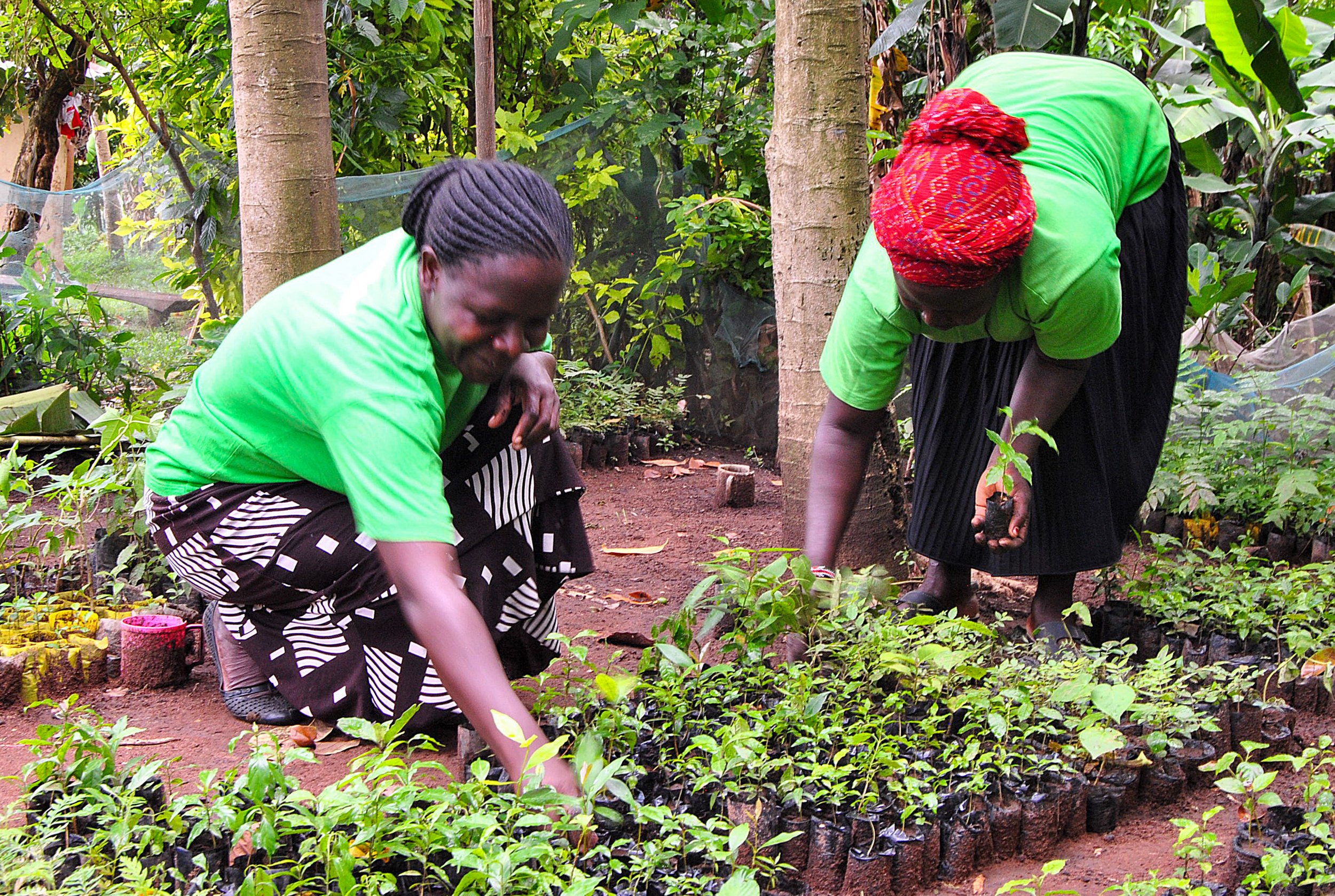How farmers in Western Kenya are transforming their lives through trees
Meet, Margaret, Miriam and Judith. They are smallholder farmers from Kisembe sub-location. Together they are planting trees to build a more sustainable future and inspiring others do the same.
(left to right) Miriam Nabwiri, Margaret Nabwayo and Judith Waswa
Margaret, Miriam and Judith are farmers, whose farm have been transformed thanks to agroforestry. So much so, that other farmers in the area have taken note and are also taking up the practice.
Agroforestry is a sustainable approach to agriculture that involves planting trees and shrubs on farms to create more diverse and productive landscapes. It’s a simple and low-cost technique that can can help farmers in Africa to boost their harvests, diversify their incomes and build resilience to climate change.
Here are just a few ways in which agroforestry is helping farmers like Margaret, Miriam and Judith.
Boosting food security
“We planted 2,021 trees. And I'm so happy because on top of the trees, I've been able to grow food,” Margaret told us. “This year I planted maize and harvested in July. I’ve reintroduced beans and nuts. And I’m telling farmers that we can plant different types of food among these trees,”
Margaret Nabwayo showing us the trees she planted on her farm last year.
As Margaret’s trees grow and mature, they’ll provide much-needed shade and protect her crops from strong winds. Their deep roots will help reducing the risk of flooding by breaking up compacted soil and improving the soil's ability to hold water. And as their leaves fall and decompose, they’ll help restore soil fertility by adding organic matter to the soil.
Improving farm productivity
Miriam is using the leaves from trees she planted on her farm to feed her livestock. She’s also using the manure from her cows to fertilise her crops and nourish the soil with vital nutrients.
“It's a good job that brings benefits. Benefits for people, benefits for animals, everybody,” says Miriam. “My cows will eat the leaves. Thanks to the cows I’ll have manure. I'll return the manure to the farm and pour it on the trees so that they get bigger. When the cows are at home, they'll eat the leaves and provide me with food. The trees will also provide fuel wood.”
Financial security
Judith is selling the trees she grows on her farm to local farmers, businesses and government institutions. This additional income has allowed her to send her children to school and invest in her farm.
“Now for me, the benefits of trees, I've made over 200,000 Kenyan shillings,” says Judith. “It's me who has done this work and received the benefits. I have a cow for milk, my children are in college, other children are in form 4, others in form 3. I've benefited a lot.”
Margaret Nabwayo and Judith Waswa at the local community tree nursery
Passing on valuable knowledge
This project is being run in partnership with Women in Water and Natural Resource Conservation (WWANC). They are a local women-led NGO that engage local women’s groups to protect the environment and improve their livelihoods through nature friendly and community owned solutions.
After learning agroforestry techniques through workshops organised by WWANC, Judith and Margaret went on to share their knowledge with other women in their community.
“I felt very good when I came back from the training,” Judith says enthusiastically. “I started working on establishing seedbeds and nurseries. And I saw that I can't do work alone because I was trained to go and reach women so that they can also have the same work as me. We've planted trees together. Even my community loves me because I've empowered women to plant trees.”
How you can help
Donate today and help farmers like Margaret, Miriam and Judith to transform their lives through agroforestry.







